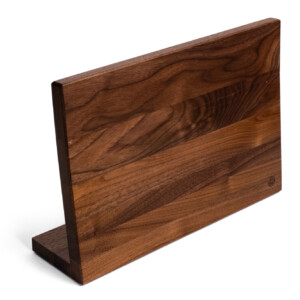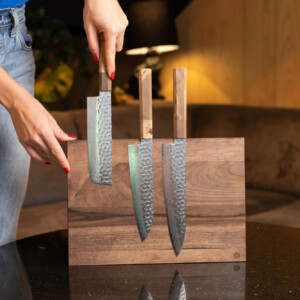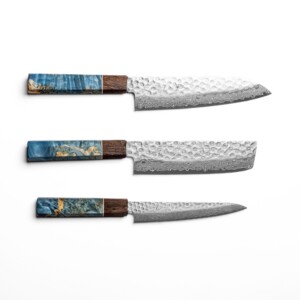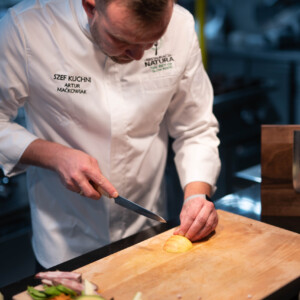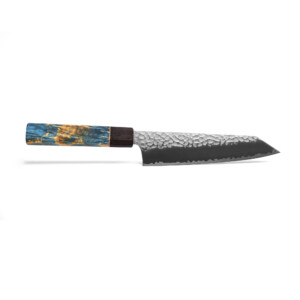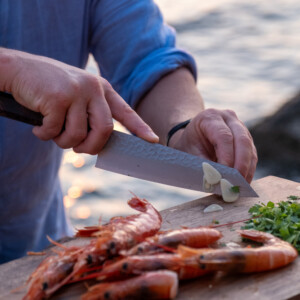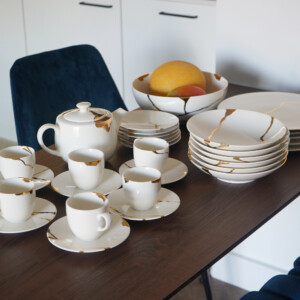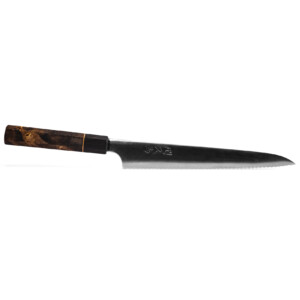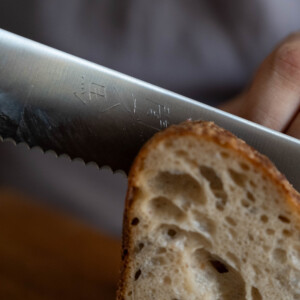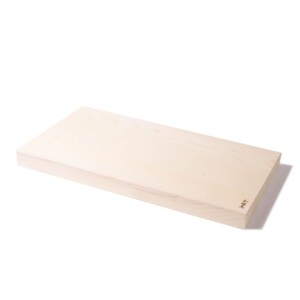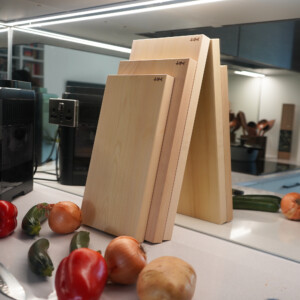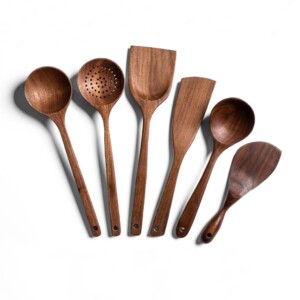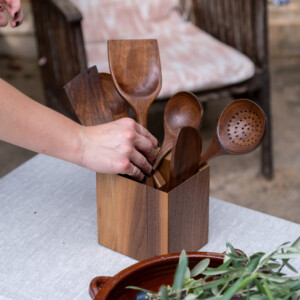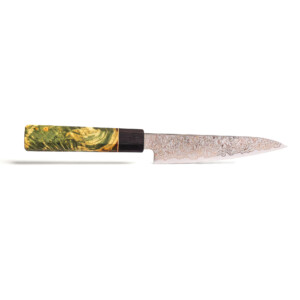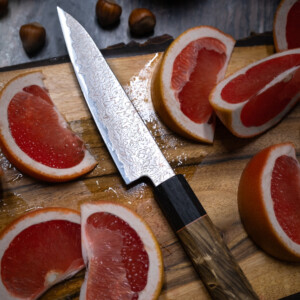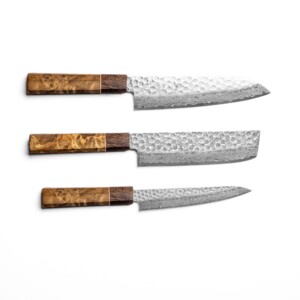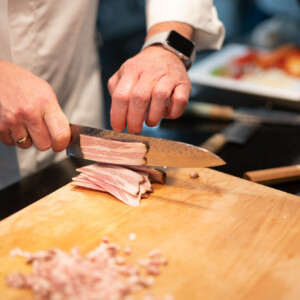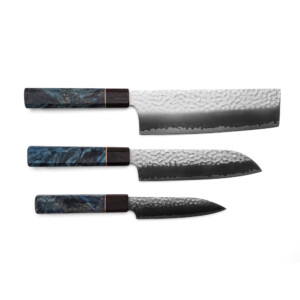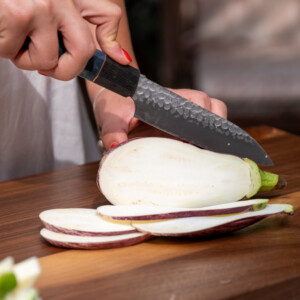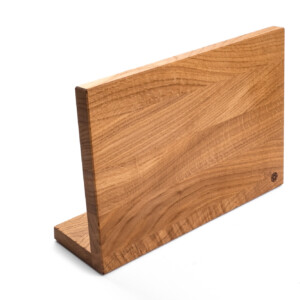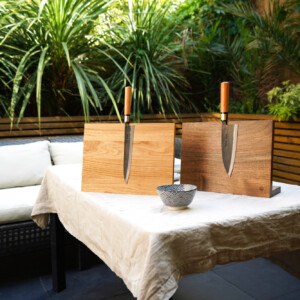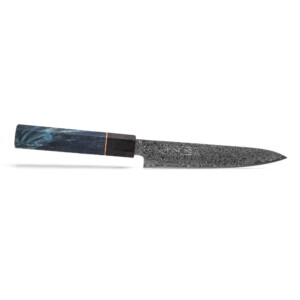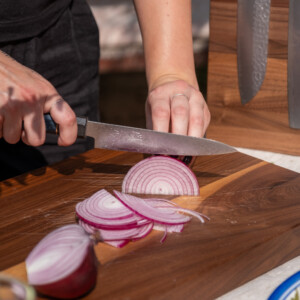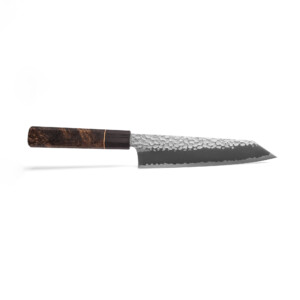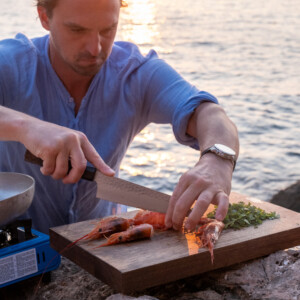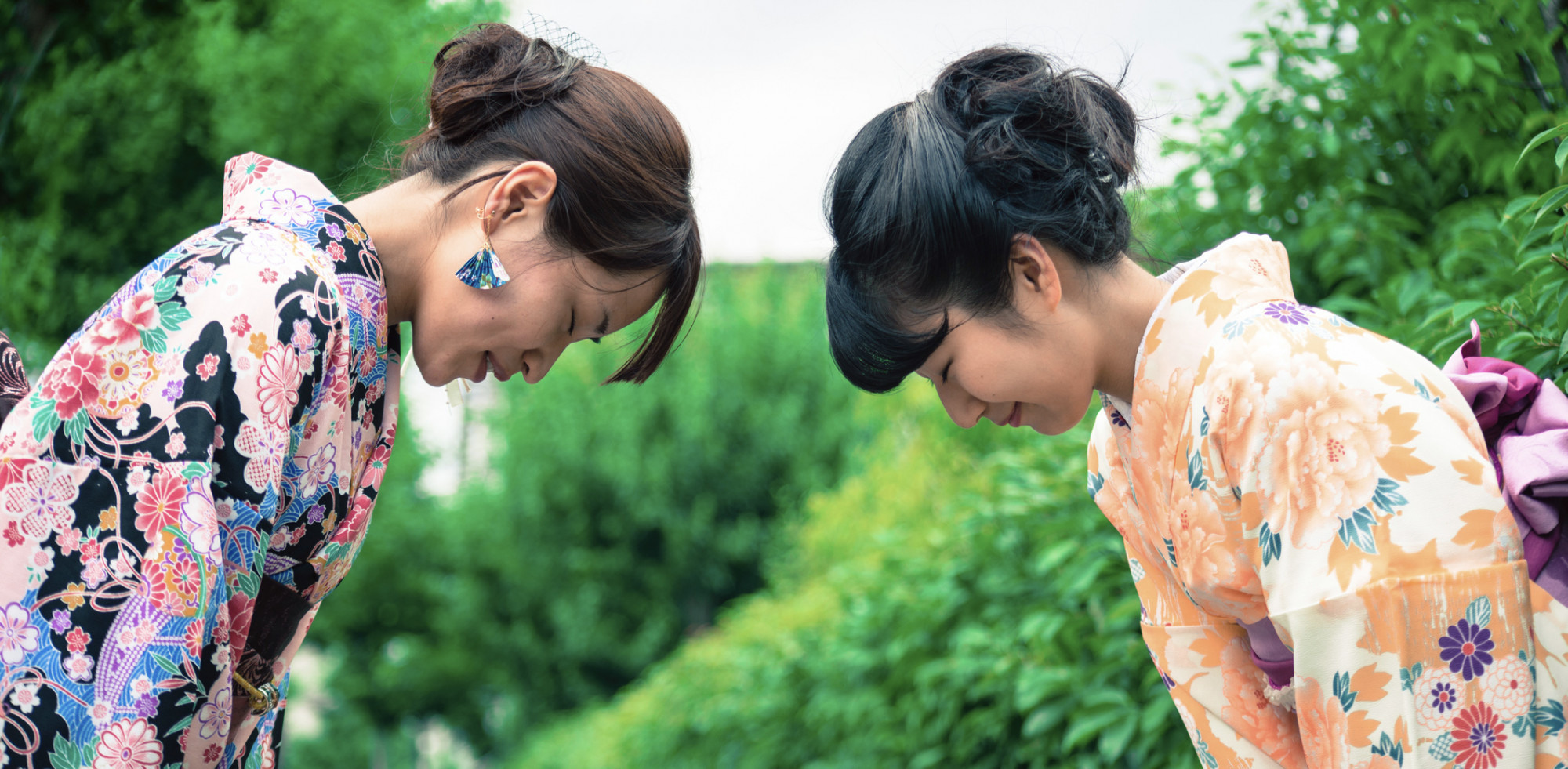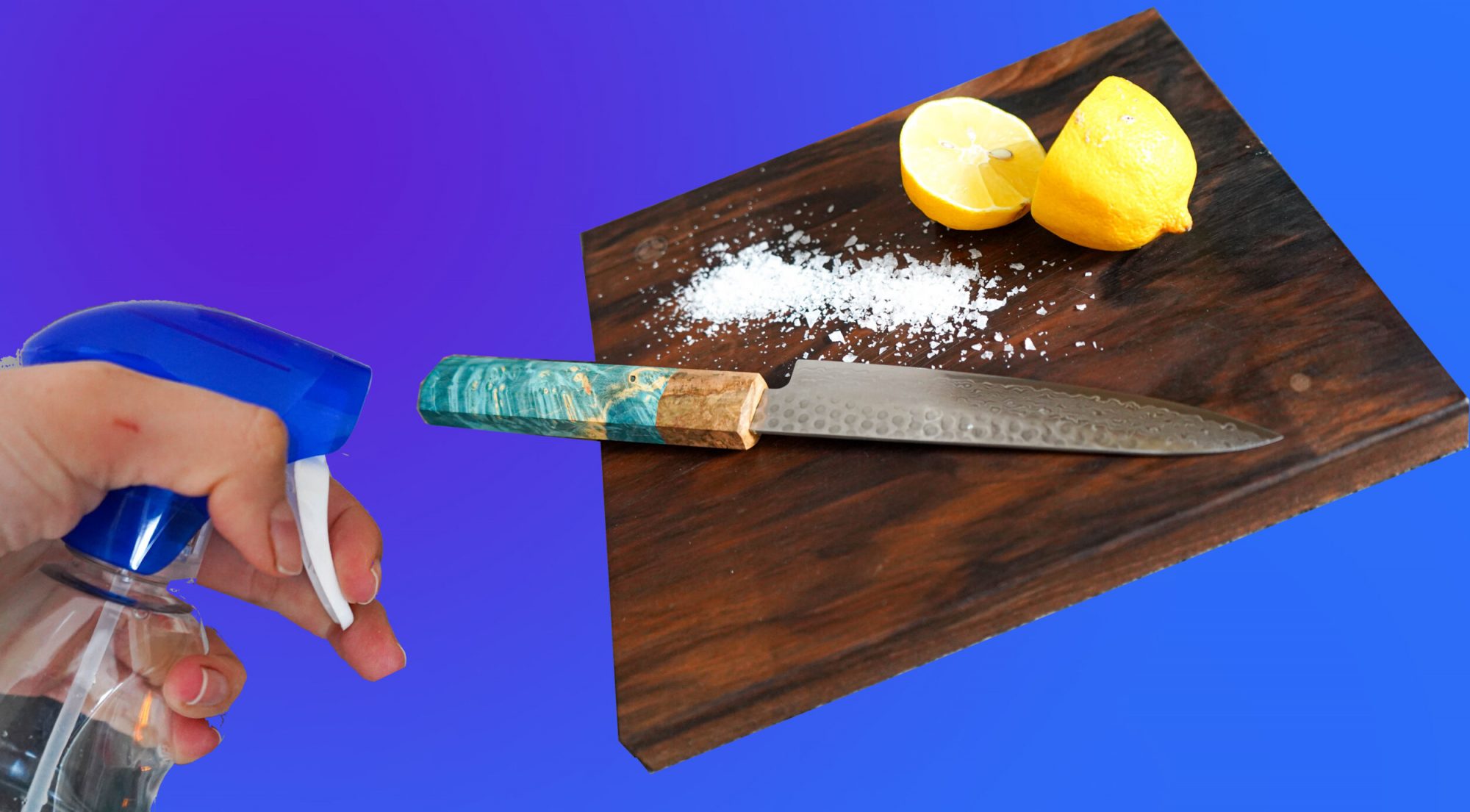Although the depiction of samurai warriors is traditionally male-oriented, the Onna-bugeisha, female samurai existed and were just as strong and fearsome.
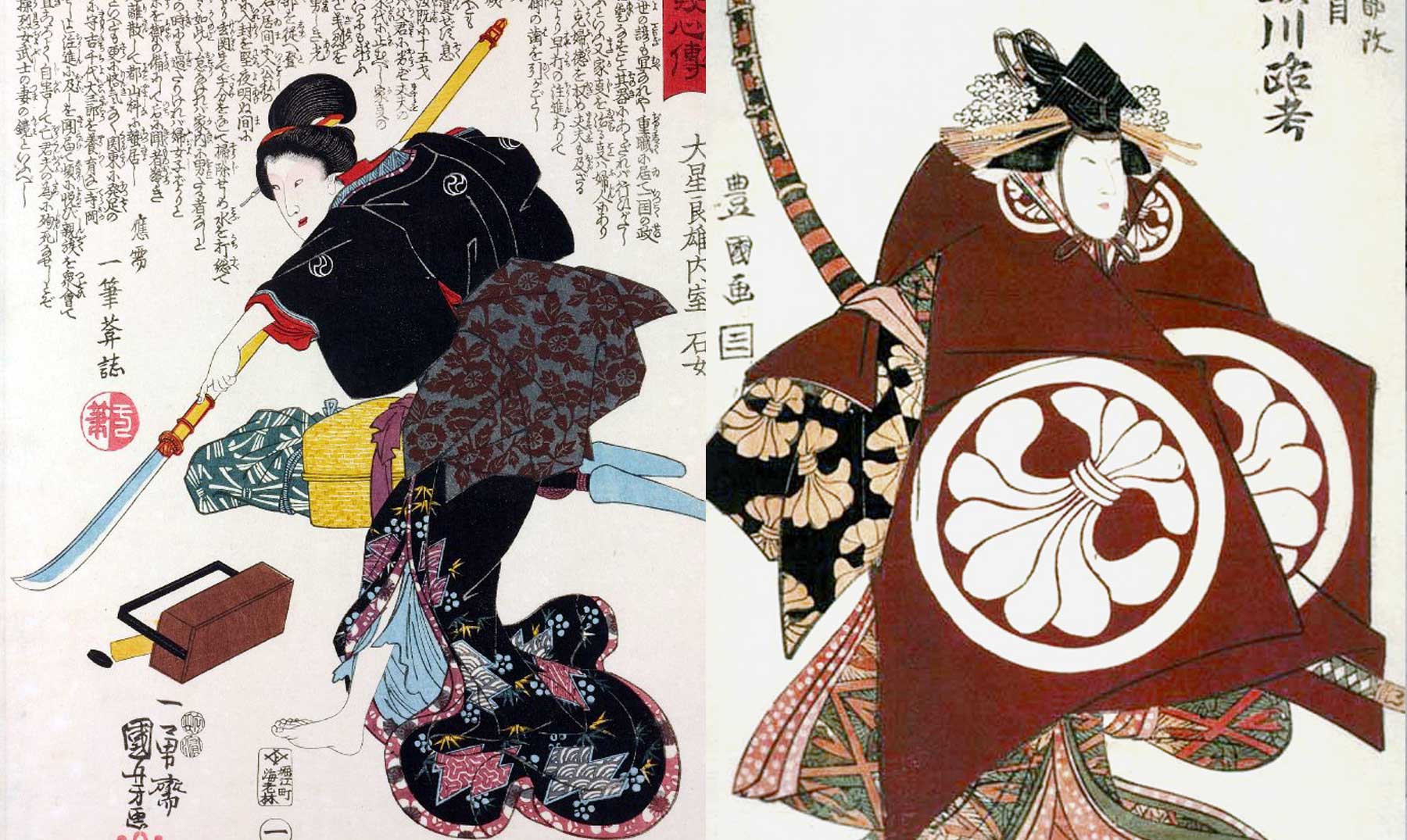
Long before the Western world began to view Samurai warriors as inherently male, there existed an impressive group of Female Samurai, every bit as powerful, smart and deadly as their male counterparts. They were known as the Onna-bugeisha (meaning female martial artist). They were trained in self-defense and offensive maneuvers the same way as men. They were even trained to use a weapon specifically designed for women – Naginata, to allow them better balance given their smaller stature. For years, they fought alongside the male samurai, being held to the same standards, and expected to perform the same duties. One of the first female samurai warriors was Empress Jingu.
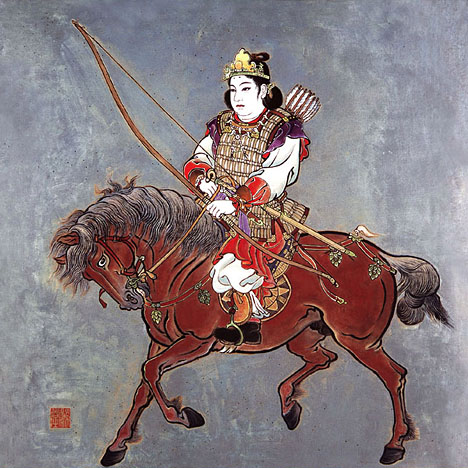
In 200 AD, Jingu personally organised and led a battle, a conquest of Korea. Despite the widespread traditional idea that women were second to men, who must submit to them and act the role of the stay-at-home caretaker, exceptions were allowed for women like Jingu. Women displaying personality traits as strong and independent were encouraged to fight alongside the male samurai.
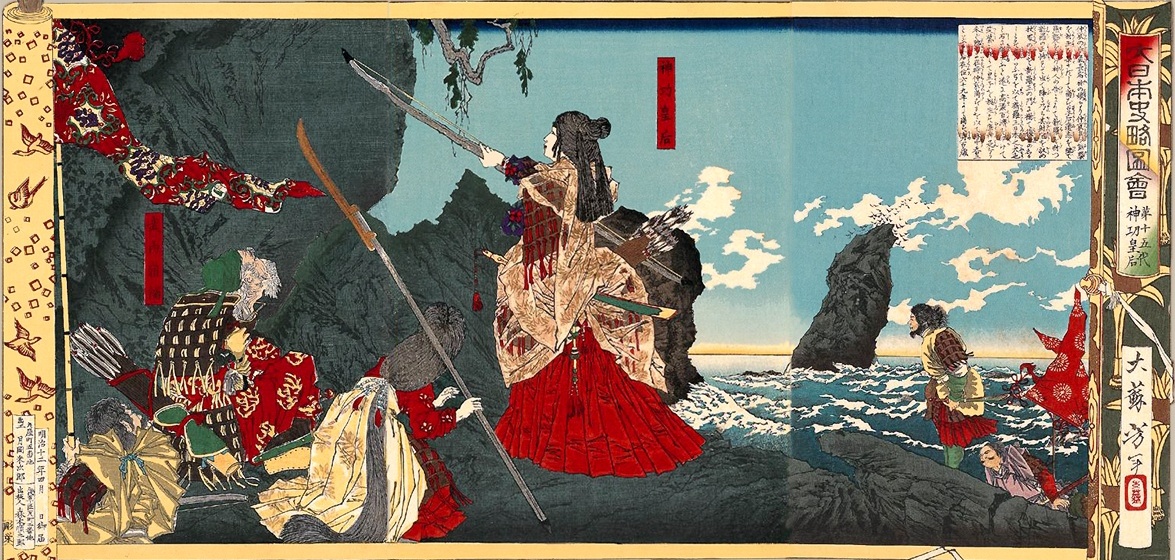
After Empress Jingu paved the way, another Onna-bugeisha rose through the ranks. Between 1180 and 1185, a war broke out between two ruling Japanese clans. The Genpei War involved the Minamoto and the Tiara, clans who equally believed they should rule over the other. Eventually, the Minamoto rose to prominence, but they might not have had it not been for Onna Bugeisha – Tomoe Gozen.
If Empress Jingu was a 10 in scale of fearlessness, Tomoe Gozen was an 11. She was described as having incredible talent on the battlefield as well as an extremely high intellect. In battle, she displayed a knack for archery and horseback riding, as well as mastery of the katana, a long, traditional samurai sword.
Off the battlefield, she was just as fearsome. Her troops listened to her command, trusting her instincts. She engaged in politics and word of her competency quickly spread through Japan. Before long, the master of the Minamoto clan named Tomoe Gozen as Japan’s first true general.
She shined in that role too. In 1184, she led 300 samurai into battle against 2,000 opposing Tiara clan warriors and was one of only five to survive. Later that year, during the Battle of Awazu, she defeated the Musashi clan’s most prominent warrior, Honda no Moroshige, decapitating him and keeping his head as a trophy.
Unfortunately, little is known of Tomoe Gozen’s fate after the battle. Some say she stayed and fought bravely to the death. Others claim she rode away on horseback, carrying Morosige’s head. Though no reports of her surfaced after the battle, a few claim that she married a fellow samurai, and became a nun after his death.
Golden Times for Female Samurai
For centuries after Tomoe Gozen’s reign, the Onna-bugeisha flourished. Female warriors were making up a large part of the samurai, protecting villages and opening more schools around the Japanese Empire to train young women in the art of war and the use of the Naginata. Though there were many different clans spread throughout Japan, all of them included samurai warriors, and all were open to the Onna-bugeisha. Tomoe Gozen, appeared in The Tale of the Heike (often called the “Japanese Iliad). She has been described as “especially beautiful,” and also as “a remarkably strong archer… as a swordswoman she was a warrior worth a thousand, ready to confront a demon or a god, mounted or on foot.”
Eventually, during a period of unrest between the ruling Tokugawa clan and the Imperial court in 1868, a group of special female warriors known as the Joshitai was created, ruled over by a 21-year-old Onna-bugeisha named Nakano Takeko.
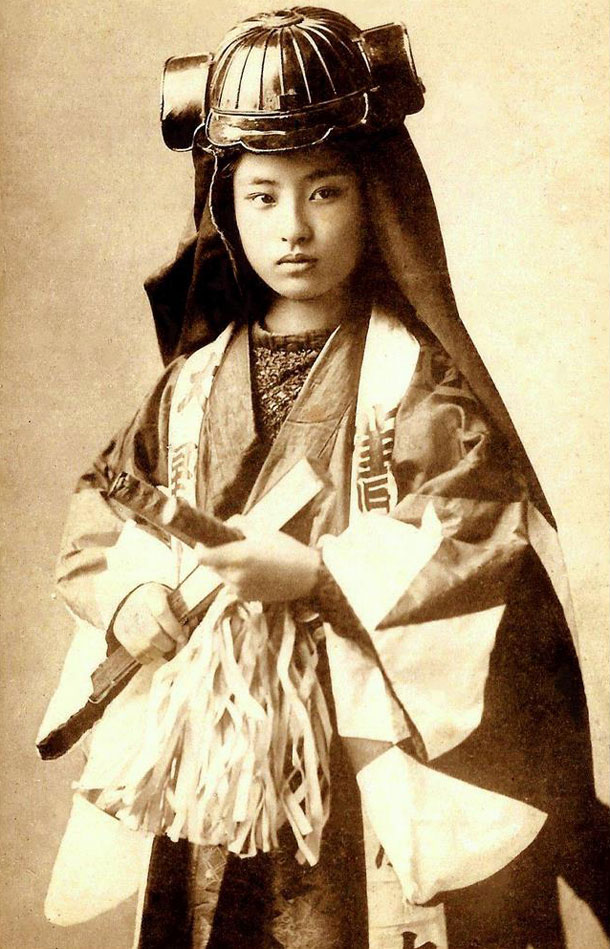
Takeko had been highly trained to use a Naginata, the shorter, lighter version of the traditional Samurai weapon. In addition, she had been trained in martial arts and had been highly educated throughout her life, owing that to her father, who was a high ranking official in the Imperial court.
Under her command, the Joshitai moved to follow the male samurai into the Battle of Aizu. They fought bravely alongside the male warriors, killing a number of opposing male warriors in close combat. Unfortunately, even the highest skilled Onna-bugeisha couldn’t survive a shot to the heart, and Takeko was combated during the battle.
However, with her last breath, she asked her sister to behead her, so that her body wouldn’t be taken as an enemy trophy. Her sister acquiesced to her request, burying her head in the roots of a pine tree in the temple Aizo Bangemachi. A monument was later built there in her honour.
While she was leading a charge against Imperial Japanese Army troops she was shot in the chest. Knowing her remaining time on earth to be short, Takeko asked her sister, Yūko, to cut her head off and have it buried rather than permit the enemy to seize it as a trophy. It was taken to Hōkai Temple and buried underneath a pine tree.
Dangerous Minds
Takeko is widely considered to be the last great female samurai warrior, and the Battle of Aizu is considered the last stand of the Onna-bugeisha. Shortly after, the Shogunate, the feudal Japanese military government, fell, leaving the Imperial court to take over leadership.
Though the Onna-bugeisha ended their reign, for the most part, after Takeko, women warriors still remained. Through the 1800s, women continued to defy traditional gender roles and participated in battles. Meanwhile, the rest of the world took on the idea that samurai warriors were big, strong men, and that women were submissive, effectively burying the legendary legacy of the Onna-bugeisha in the pages of history.
That’s why we, at Oishya, aim to promote and to rekindle once again the glory of Onna Bugeishas. We hope their bravery and fearlessness will inspire many generations to come.
